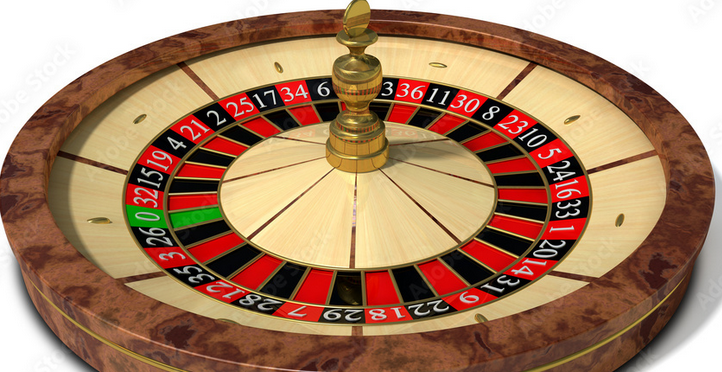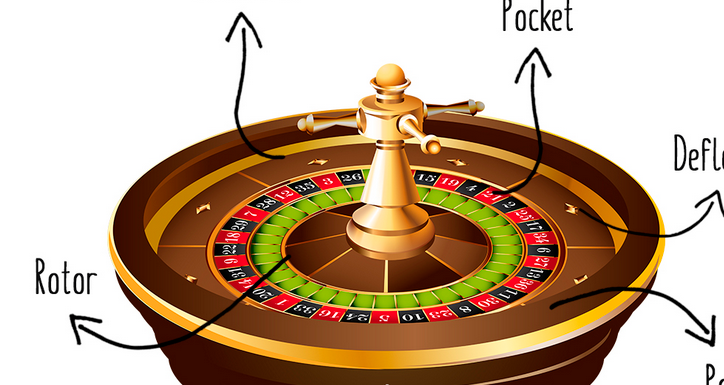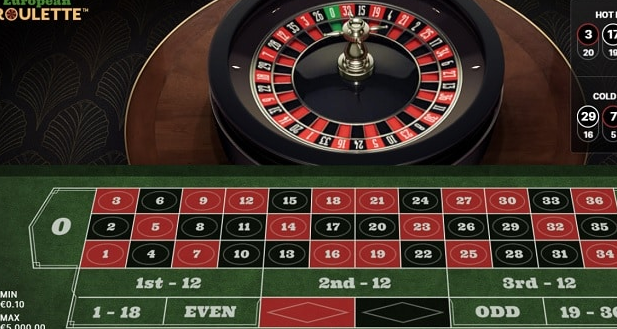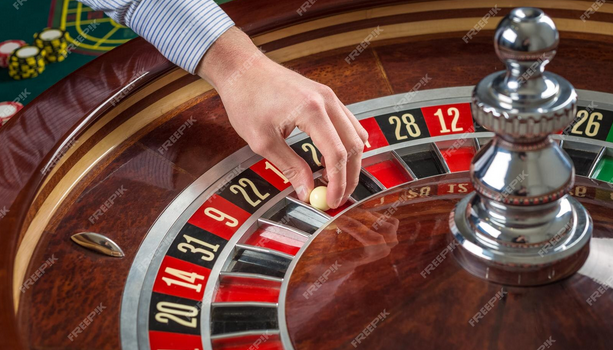Roulette, a game of chance and suspense, centers around one iconic element: the roulette wheel. In this article, we’ll delve into the intriguing world of roulette wheel construction, from its materials and design to its precision engineering.

Materials Matter: The Foundation of Roulette Wheels
Roulette wheels are precision instruments, and their construction starts with the careful selection of materials. Each component plays a crucial role in the wheel’s performance.
Today, wooden inner frames are still common, providing stability and durability.
These materials ensure a consistent bounce for the ball.
Ivory, Wood, or Plastic Pockets: The pockets where the ball ultimately rests come in various materials.
Designing the Wheel: From Single Zero to Double Zero
Roulette wheels come in various designs, primarily determined by the number of pockets and the game’s version. The two main types are European and American wheels.
European Wheel: The European wheel, often referred to as the single-zero wheel, contains 37 pockets numbered from 0 to 36. It’s the standard for most roulette games worldwide.
American Wheel: The American wheel, also known as the double-zero wheel, features 38 pockets. In addition to the numbers 1 through 36 and a single zero (0), it includes a double zero (00).
Precision Engineering: Creating Fair and Random Outcomes
The construction of a roulette wheel involves a meticulous process to ensure fairness and randomness, essential elements for a genuine game of chance.
Balancing Act: Achieving balance in the wheel is crucial. Imbalances can lead to biased outcomes, favoring specific pockets.
Leveling and Alignment: The wheel must be perfectly level and aligned horizontally and vertically. Even the slightest tilt can affect the ball’s trajectory.
Testing for Bias: Modern casinos employ sophisticated equipment to detect bias in roulette wheels.
The Spinner’s Role: The Croupier and Automated Systems
In traditional casinos, the role of spinning the roulette wheel falls to the croupier, the casino employee responsible for managing the game. However, with technological advancements, automated roulette systems are becoming more common.
Croupier: The croupier’s skill lies in imparting just the right amount of force and spin to the wheel, ensuring a random outcome. Their years of experience make them adept at creating suspense-filled spins.
Automated Systems: Automated roulette wheels, often seen in electronic gaming environments, rely on precision machinery to spin the wheel and release the ball. These systems provide consistent spins and adhere to strict fairness standards.
Maintaining the Magic: Wheel Maintenance
Once constructed, roulette wheels require regular maintenance to ensure they function correctly and provide fair outcomes.
Cleaning and Polishing: Regular cleaning and polishing of the wheel’s components, including the ball track and frets, help maintain a smooth ball trajectory.
Ball Replacement: Roulette balls experience wear and tear over time. Casinos periodically replace them to maintain consistency.
Inspecting for Flaws: Routine inspections are crucial to identify any flaws, imbalances, or biases that may develop.
Beyond the Casino: Home Roulette Wheels
For enthusiasts who want to enjoy the thrill of roulette at home, a market exists for home roulette wheel construction kits.
DIY Kits: These kits provide all the necessary components, from the wheel itself to the ball and markers. Hence, allowing individuals to assemble their own functional roulette wheel.
In Conclusion
The construction of a roulette wheel is a blend of artistry and precision engineering. Each component, from the materials used to the design and balance, plays a critical role in creating a fair and random game of chance. Whether it’s the skilled croupier in a traditional casino or an automated system in an electronic gaming environment, the goal remains the same: to deliver thrilling spins and exciting outcomes for players around the world. So, the next time you watch the ball dance around the wheel, you’ll have a deeper appreciation for the craftsmanship behind this iconic casino centerpiece.











